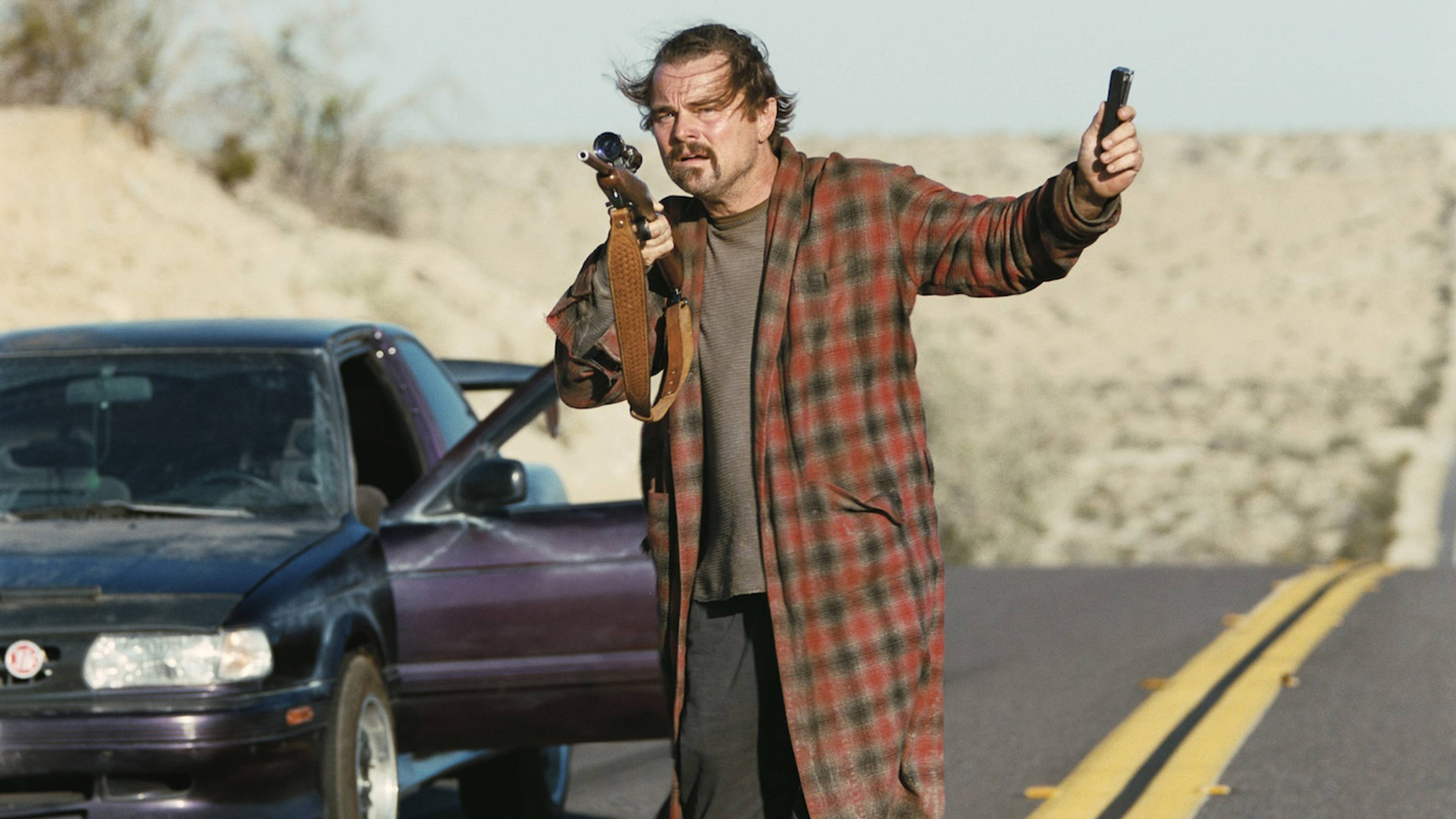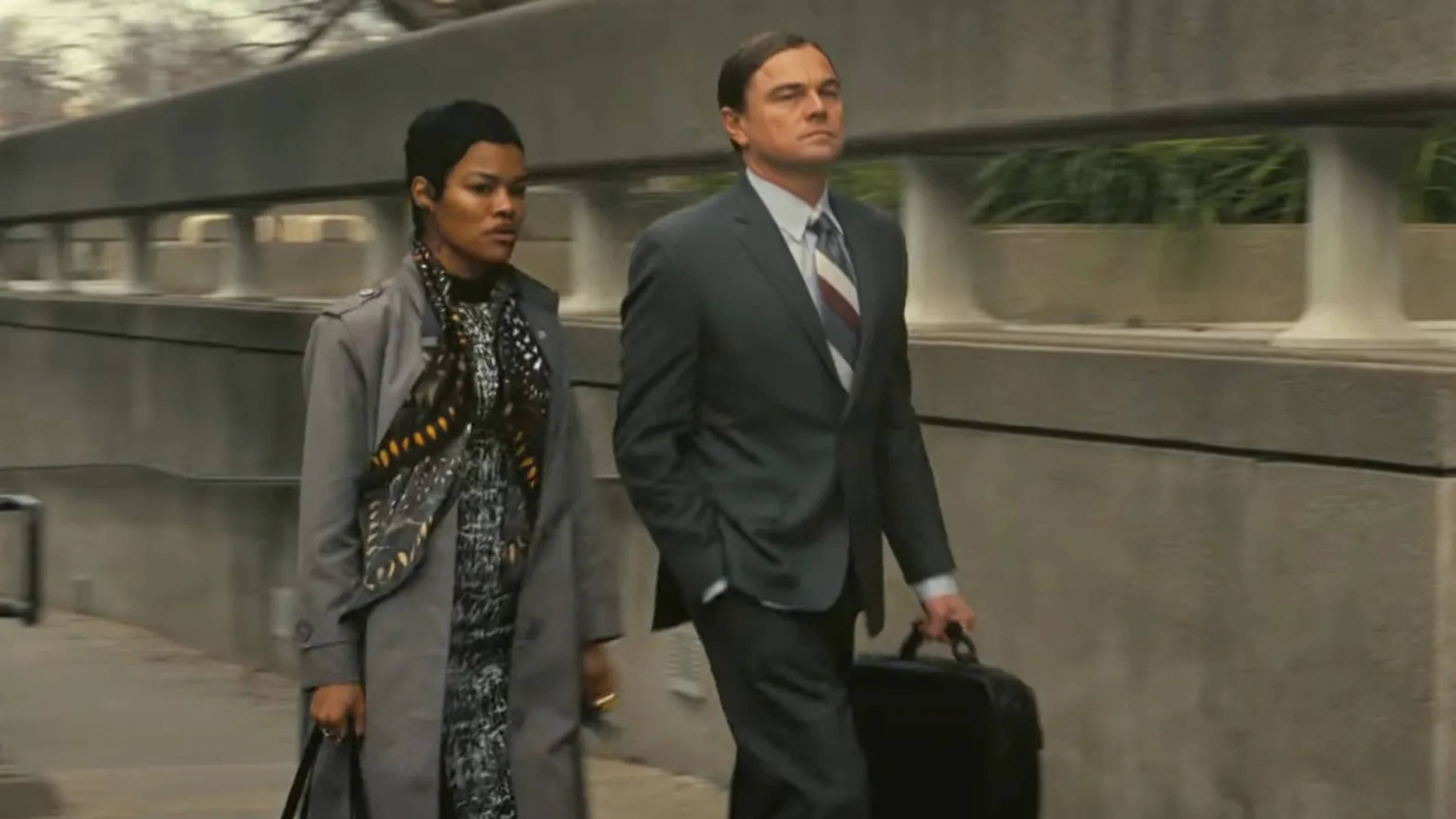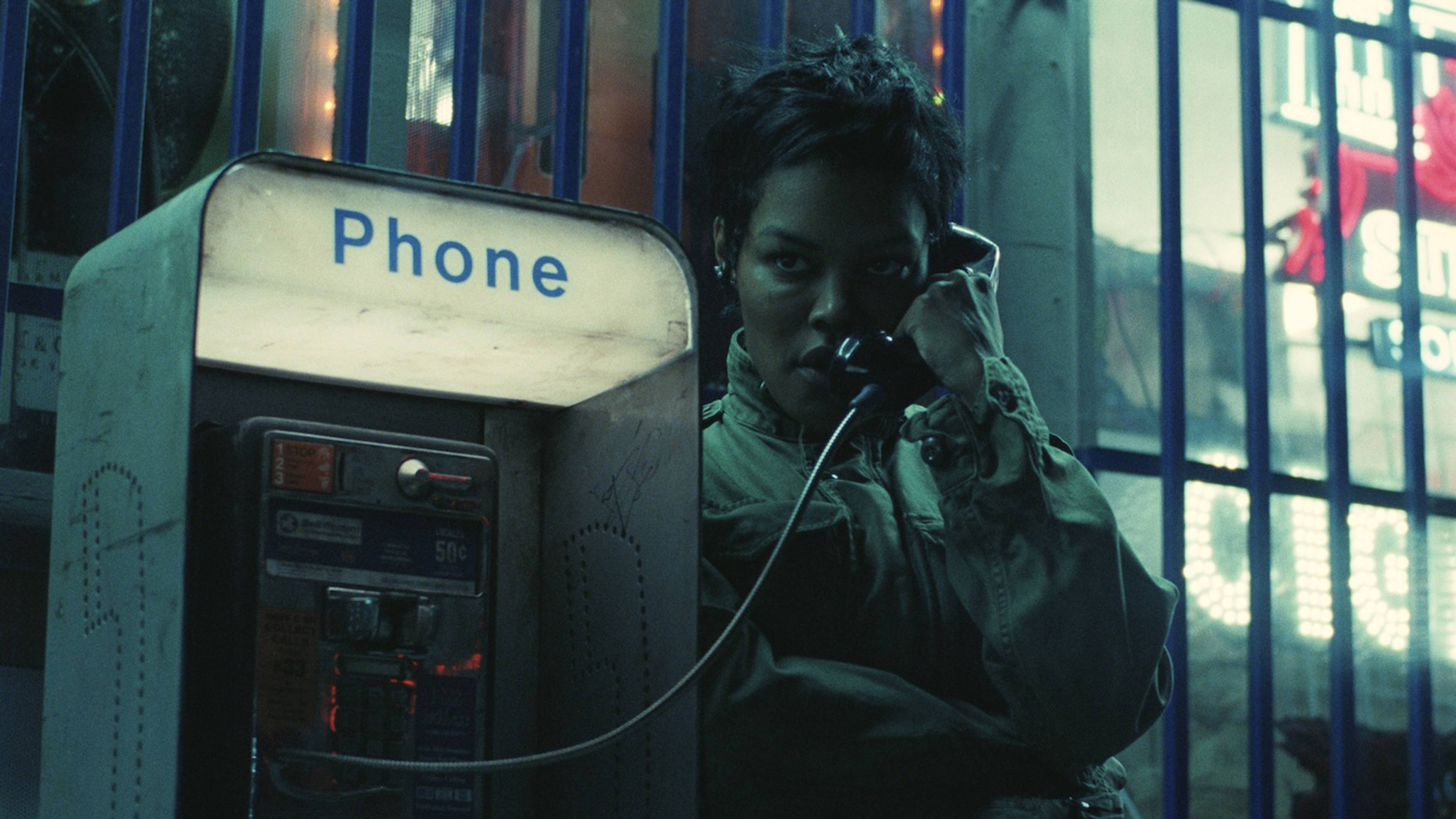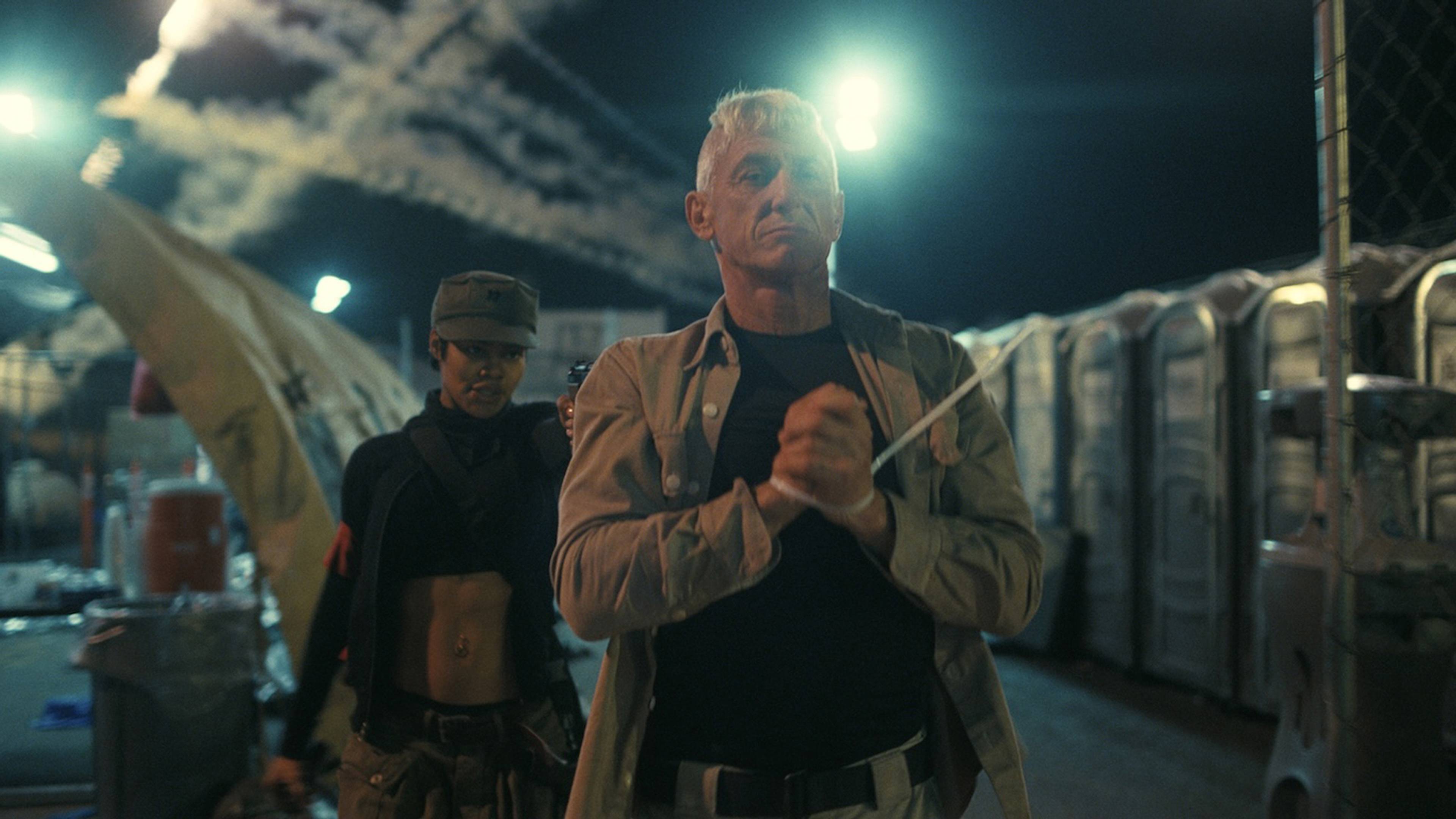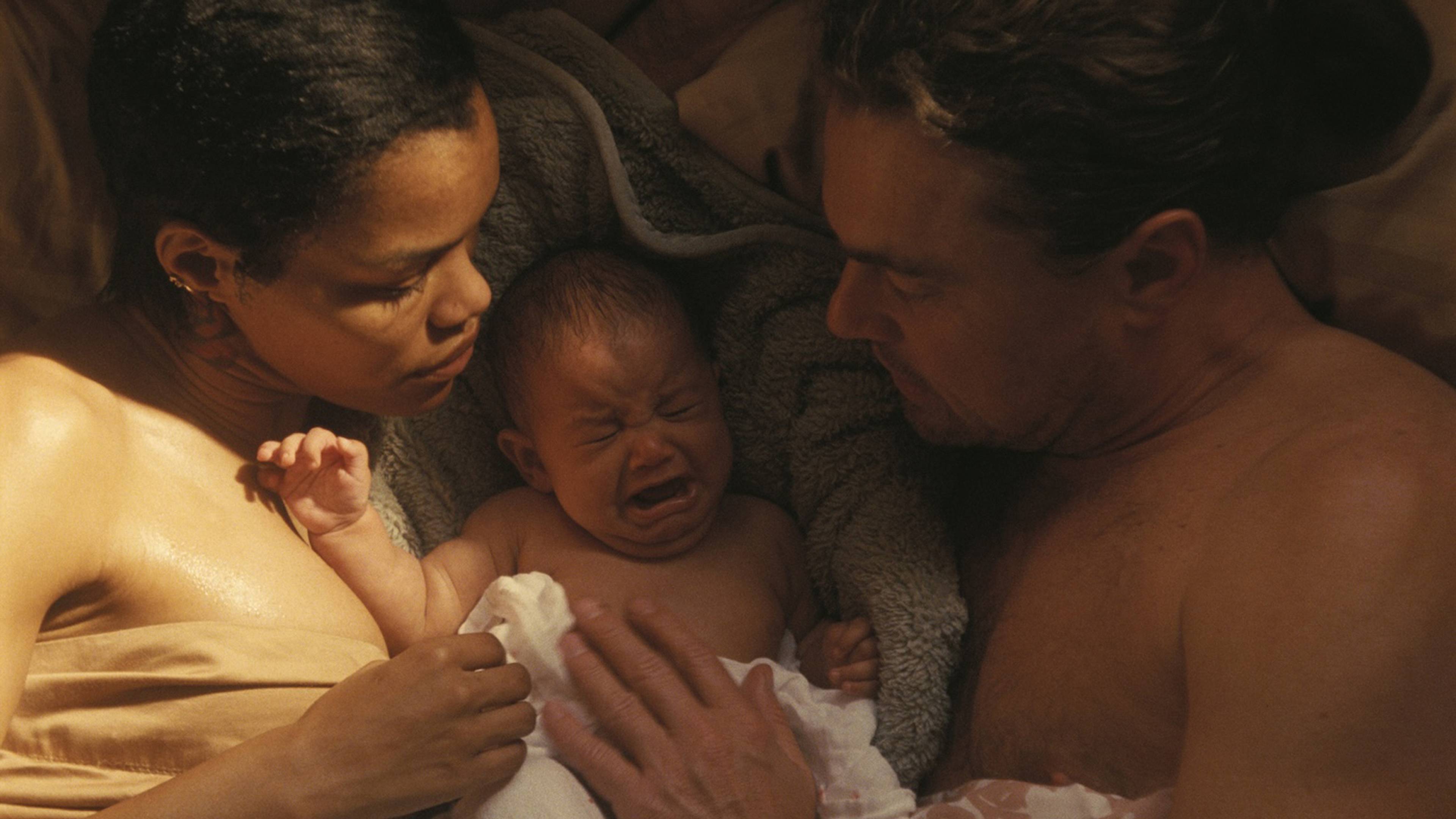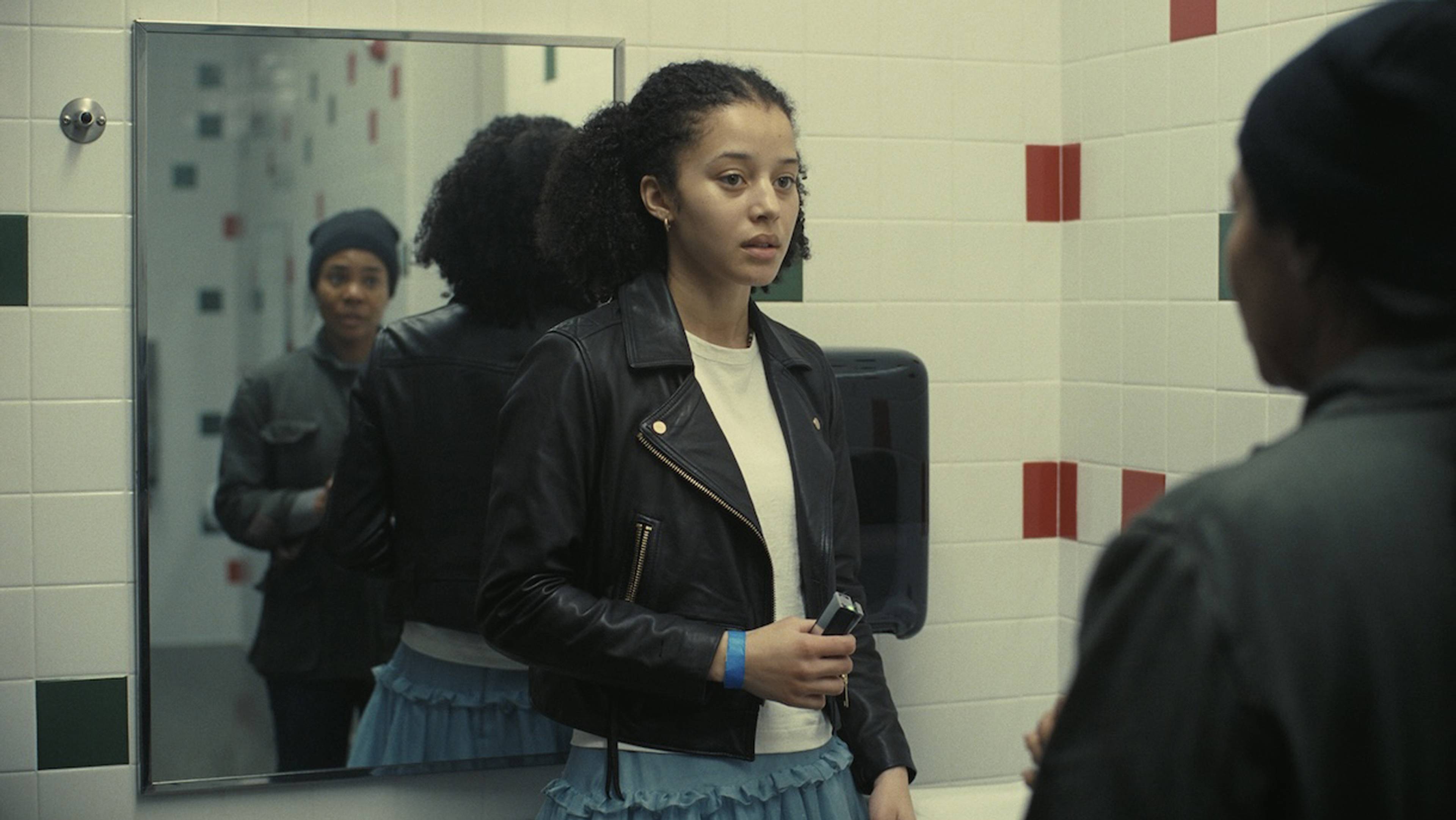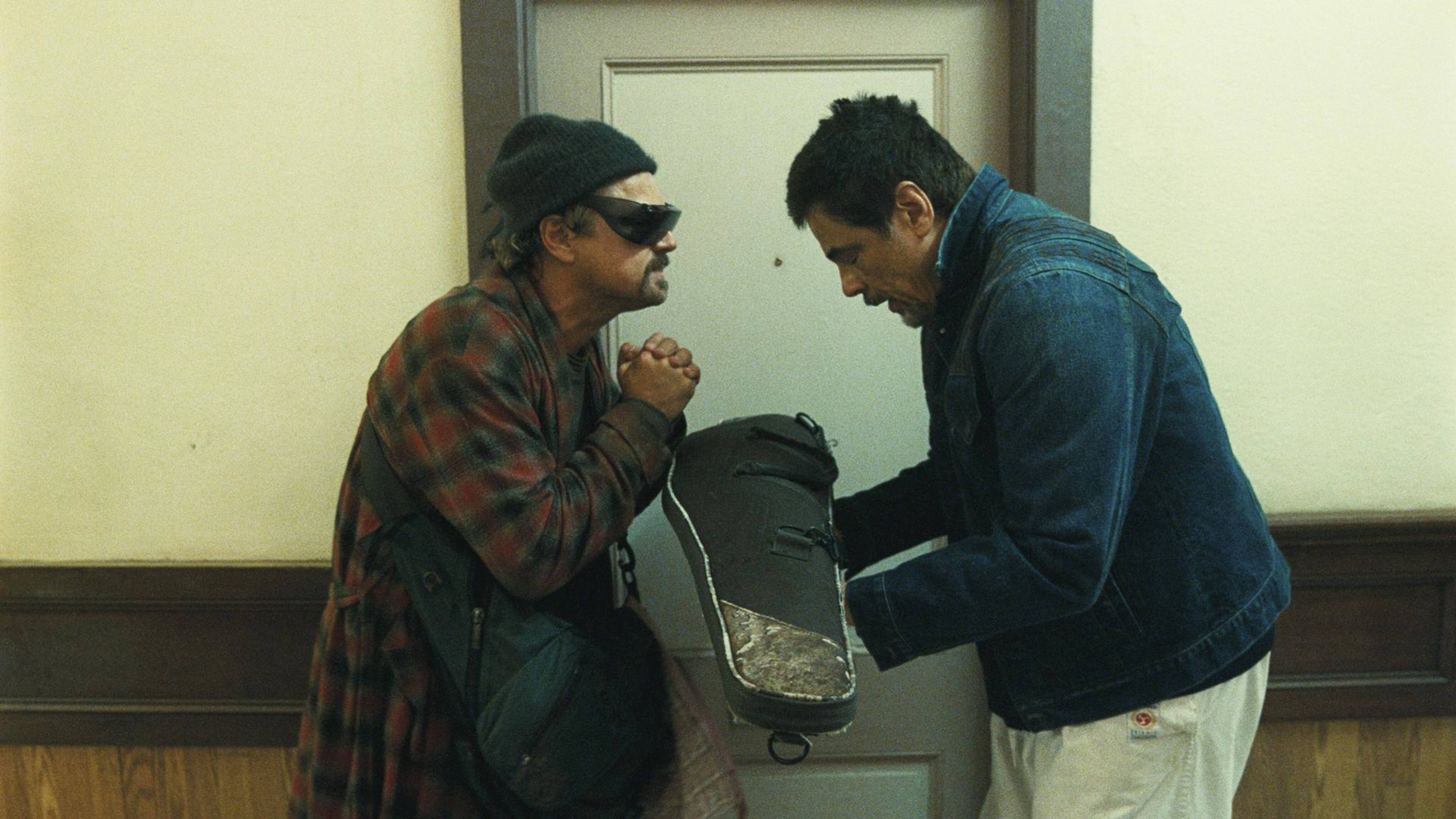Paul Thomas Anderson’s One Battle After Another (2025) arrived in theaters the day after the death of militant revolutionary Assata Shakur. Born JoAnne Byron in 1947, by the early 1970s, Shakur had gone from leading the Harlem chapter of the Black Panther Party to joining the Black Liberation Army (BLA), a Marxist-Leninist paramilitary group. With her comrades, she robbed banks, bombed police cars, and was described by a deputy commissioner of the NYPD as “the soul of the gang, the mother hen who kept them together, kept them moving, kept them shooting.” She was arrested in 1973, after a routine traffic stop turned into a shootout that left an officer dead; despite demonstrating her innocence, Shakur was sentenced to life in prison for murder. She gave birth to a daughter in pre-trial detention. In 1979, she escaped to Cuba with the BLA’s help, where she spent the rest of her days free from the oppression of the United States.
Shakur was the closest thing America had to a Perfidia Beverly Hills (Teyana Taylor), the sexy, badass, motormouthed spiritual center of Anderson’s latest triumph; it’s hard to imagine the director fabricating such a consequential combination of motherhood and militancy without her. But Shakur’s audacious acts came out of the 1970s: that post-Flower-Power period of paranoid anarchy in which an unrestrained left lashed out against “fascistic Nixonian repression” (to quote Thomas Pynchon’s 1990 novel Vineland, a source text for Anderson’s film). What makes One Battle After Another so impressive is that it somehow translates that period’s fervor into the present day, providing our own political moment with some much-needed leftist ass-kicking, and reigniting a sense of hope for a present that often feels too self-destructive to resist.
The leftists kick so much ass, in fact, that I spent the first half hour thinking the film was a period piece. It begins in medias res, as Perfidia’s clan of revolutionaries, known as the French 75, organize a siege on an outdoor detention center beneath a California overpass. Familiar stuff, to be sure – this is exactly the sort of pop-up concentration camp one sees all too often these days in the US, punctuating stories about immigration raids. But rapid-fire action strips the movie of context, avoiding direct association with the current regime. As Perfidia sums up the group’s timeless politics: “Free bodies, free borders, free choices, and free from fucking fear.”
Appreciating the intractability of the struggle between fascism and freedom, without losing hope of someday settling the matter for good, is the zen koan that animates Anderson’s film.
If Anderson’s breakneck opening avoids temporal specificity by blending resistance movements of the past with our unrevolutionary present, his second act upends our sense of time altogether. Unable to face a future in prison, Perfidia sells out her comrades in exchange for her freedom, sending all her former associates scrambling for cover – up to and including the infant child she somehow managed to gestate amid so much robbing and bombing. Ostensibly sired by the French 75’s mild-mannered weapons expert (a heretofore sidelined Leonardo DiCaprio), father and child assume the aliases Bob and Willa Ferguson, and hightail it to the “sanctuary city” Baktan Cross. There, mere minutes after establishing us within the vicinity of the present, the film leaps forward, reintroducing infant Willa as a fully formed teenager (Chase Infiniti). Is this next chapter supposed to take place in the future? If it does, don’t be too surprised that it resembles Anderson’s present, which resembled the past. As the now-absent Perfidia instructs us via voiceover, “Sixteen years later, the world had hardly changed.”
One Battle After Another is Anderson’s first film to be set in contemporaneity since Punch-Drunk Love (2002), which, you might argue, means scant engagement with the 21st century. Given the rigorous production design of his period pieces, I have to believe that the unusually springy sense of time which pervades his 10th film is a deliberate choice – one at the very heart of its meaning. As several characters note throughout this roller coaster of a movie, the struggle continues – no matter how desperately one side might seek to turn a corner. A battle-hardened Lockjaw, for instance, is still on the prowl so many years later, relentlessly pursuing his life’s mission to join an exclusive offshoot of the Ku Klux Klan. To quote Willa’s karate instructor, Sergio (Benecio Del Toro), who calms a frantic Ferguson in the midst of a military invasion, “We’ve been laid siege to for hundreds of years.”
Appreciating the intractability of the struggle between fascism and freedom, without losing hope of someday settling the matter for good, is the zen koan that animates Anderson’s film, and it’s also the double consciousness that every sober-minded revolutionary requires. We probably can’t change the world all by ourselves. But what is left to hope for if we stop trying?
In a moment where right-wing ideology and culture feels inescapably ascendant, and a brusque dismantlement of the old rules-based order has largely left liberalism quaking in its boots, Anderson has done us a great service by staging what opposition might look like beyond screenshotting tweets. By deftly melding present and past into a single protest movement, the director reinstates a continuity in revolutionary thought, applying anti-Nixonian rebellion to our ultra-Reaganite present. I’m not saying One Battle After Another alone is going to turn any present-day JoAnn Byrons into Assata Shakurs all by itself – but it’s a start. Indeed, in our hypercapitalist political era, one increasingly votes with one’s wallet on the future one wants to see. I could watch this one over and over again.


